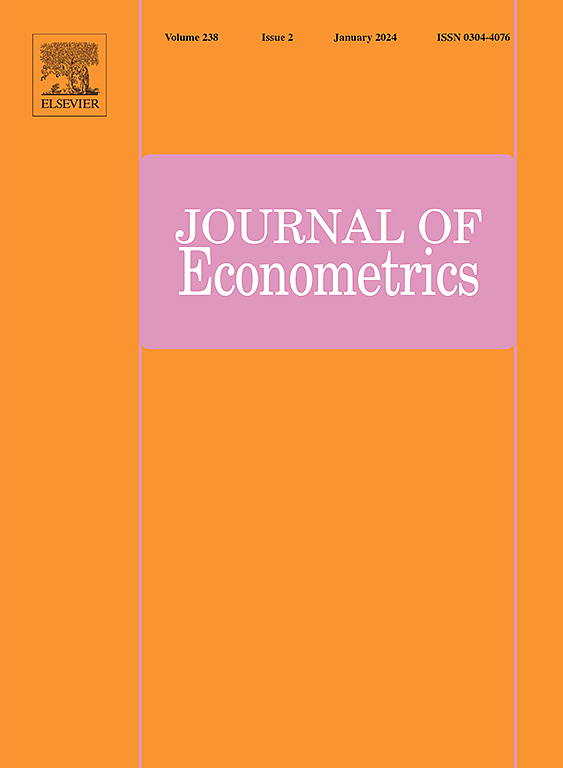利用数千万个观测数据快速推断量化回归
IF 4
3区 经济学
Q1 ECONOMICS
引用次数: 0
摘要
大数据分析为经济研究开辟了新的途径,但分析拥有数千万观测数据的数据集是一项巨大的挑战。基于极值估计器的传统计量经济学方法需要大量的计算资源和内存,而这些资源和内存往往不是现成的。在本文中,我们将重点研究应用于 "超大 "数据集(如美国十年一次的人口普查)的线性量化回归。本文提出了一个利用随机子梯度下降(S-subGD)更新的快速推断框架。推理过程按顺序处理横截面数据:(i) 根据每个 "新观测值 "更新参数估计,(ii) 将其汇总为 Polyak-Ruppert 平均值,(iii) 仅使用求解路径计算推理的关键统计量。该方法借鉴了时间序列回归的方法,通过随机缩放创建一个渐进的关键统计量。我们提出的检验统计量以完全在线的方式进行计算,临界值的计算无需重新采样。我们进行了大量的数值研究,以展示我们提出的推断方法在计算上的优势。对于大至 (n,d)∼(107,103)(其中 n 是样本大小,d 是回归因子的数量)的推断问题,我们的方法产生了新的见解,在计算上超越了当前的推断方法。我们的方法利用数以百万计的观测数据揭示了美国大学工资溢价中的性别差距趋势,同时控制了 103 个协变量以减少混杂效应。本文章由计算机程序翻译,如有差异,请以英文原文为准。
Fast inference for quantile regression with tens of millions of observations
Big data analytics has opened new avenues in economic research, but the challenge of analyzing datasets with tens of millions of observations is substantial. Conventional econometric methods based on extreme estimators require large amounts of computing resources and memory, which are often not readily available. In this paper, we focus on linear quantile regression applied to “ultra-large” datasets, such as U.S. decennial censuses. A fast inference framework is presented, utilizing stochastic subgradient descent (S-subGD) updates. The inference procedure handles cross-sectional data sequentially: (i) updating the parameter estimate with each incoming “new observation”, (ii) aggregating it as a Polyak–Ruppert average, and (iii) computing a pivotal statistic for inference using only a solution path. The methodology draws from time-series regression to create an asymptotically pivotal statistic through random scaling. Our proposed test statistic is calculated in a fully online fashion and critical values are calculated without resampling. We conduct extensive numerical studies to showcase the computational merits of our proposed inference. For inference problems as large as , where is the sample size and is the number of regressors, our method generates new insights, surpassing current inference methods in computation. Our method specifically reveals trends in the gender gap in the U.S. college wage premium using millions of observations, while controlling over covariates to mitigate confounding effects.
求助全文
通过发布文献求助,成功后即可免费获取论文全文。
去求助
来源期刊

Journal of Econometrics
社会科学-数学跨学科应用
CiteScore
8.60
自引率
1.60%
发文量
220
审稿时长
3-8 weeks
期刊介绍:
The Journal of Econometrics serves as an outlet for important, high quality, new research in both theoretical and applied econometrics. The scope of the Journal includes papers dealing with identification, estimation, testing, decision, and prediction issues encountered in economic research. Classical Bayesian statistics, and machine learning methods, are decidedly within the range of the Journal''s interests. The Annals of Econometrics is a supplement to the Journal of Econometrics.
 求助内容:
求助内容: 应助结果提醒方式:
应助结果提醒方式:


